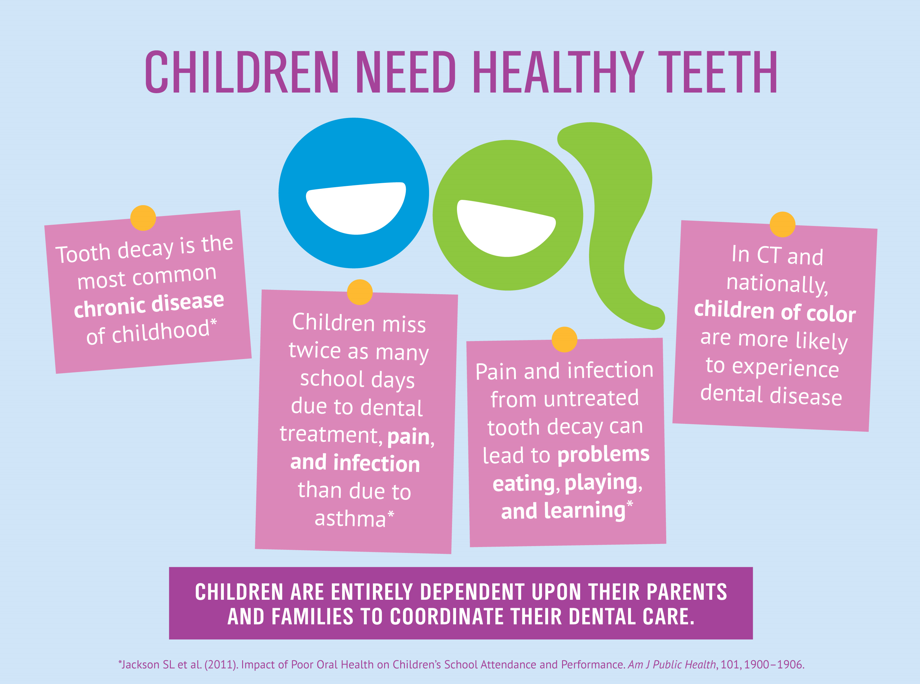The Development Of Oral Surgery: Introducing Technologies And Progresses Defining The Field
The Development Of Oral Surgery: Introducing Technologies And Progresses Defining The Field
Blog Article
Published By-Kokholm Jonasson
Welcome to the globe of dental surgery, where advancements and developments are forming the future of the field! In this amazing world, you'll witness the transformative power of robotics, the sophisticated marvel of 3D printing, and the game-changing impact of minimally intrusive methods.
The future of oral surgery holds a pledge of precision, effectiveness, and boosted client results. With Click On this website of innovative robotics, doctors are able to execute complicated treatments with greater accuracy and control.
3D printing modern technology is revolutionizing the creation of dental implants and prosthetics, supplying personalized solutions that fit seamlessly into each individual's unique composition.
In addition, minimally intrusive techniques are lowering post-operative discomfort and recuperation time, permitting patients to go back to their daily lives quicker.
Prepare to explore the exciting technologies and developments that are improving the landscape of oral surgery!
Developments in Robotics
One significant improvement in oral surgery is the use of robotic technology, which allows for exact and efficient surgeries. With https://lanemctiz.livebloggs.com/39366378/in-time-real-expense-of-dental-implants-versus-dentures-and-bridges-may-shock-you-find-which-choice-provides-the-most-effective-lasting-value of robot systems, oral cosmetic surgeons have the ability to execute complicated surgeries with enhanced precision, reducing the threat of human mistake.
These robot systems are furnished with advanced imaging technology and accurate instruments that make it possible for doctors to navigate with elaborate physiological structures with ease. By utilizing robot innovation, doctors can attain greater surgical accuracy, leading to improved patient end results and faster healing times.
In addition, using robotics in dental surgery enables minimally intrusive procedures, minimizing the injury to bordering cells and advertising faster recovery.
3D Printing in Oral Surgery
To boost the area of dental surgery, you can discover the subtopic of 3D printing in oral surgery. This innovative modern technology has the potential to reinvent the method dental surgeons operate and deal with people. Below are 4 vital methods which 3D printing is forming the area:
- ** Customized Surgical Guides **: 3D printing enables the development of extremely accurate and patient-specific surgical guides, boosting the precision and effectiveness of treatments.
- ** Implant Prosthetics **: With 3D printing, oral specialists can produce customized implant prosthetics that flawlessly fit a person's unique composition, causing better outcomes and client complete satisfaction.
- ** Bone Grafting **: 3D printing enables the manufacturing of patient-specific bone grafts, minimizing the need for standard grafting strategies and boosting healing and recovery time.
- ** Education and learning and Training **: 3D printing can be utilized to create practical medical models for instructional purposes, permitting oral surgeons to practice intricate treatments prior to doing them on patients.
With its prospective to improve accuracy, modification, and training, 3D printing is an exciting development in the field of oral surgery.
Minimally Invasive Methods
To better advance the area of dental surgery, welcome the potential of minimally intrusive strategies that can considerably profit both doctors and clients alike.
Minimally invasive methods are changing the area by decreasing surgical injury, minimizing post-operative pain, and speeding up the healing process. These techniques include making use of smaller sized lacerations and specialized tools to execute treatments with accuracy and efficiency.
By making use of advanced imaging technology, such as cone light beam calculated tomography (CBCT), cosmetic surgeons can properly plan and perform surgical procedures with minimal invasiveness.
Additionally, making use of lasers in dental surgery allows for specific tissue cutting and coagulation, resulting in minimized bleeding and lowered recovery time.
With minimally invasive methods, clients can experience quicker recovery, reduced scarring, and enhanced outcomes, making it an essential element of the future of oral surgery.
Verdict
So, as you can see, the future of dental surgery is unbelievably promising, with exciting innovations and advances shaping the field.
From the developments in robotics to the use of 3D printing and minimally intrusive strategies, dental specialists are transforming the way they offer care.
While some may worry about the possible expense associated with these improvements, it's important to keep in mind that these technologies ultimately enhance person outcomes and reduce recuperation time, making them well worth the investment over time.
